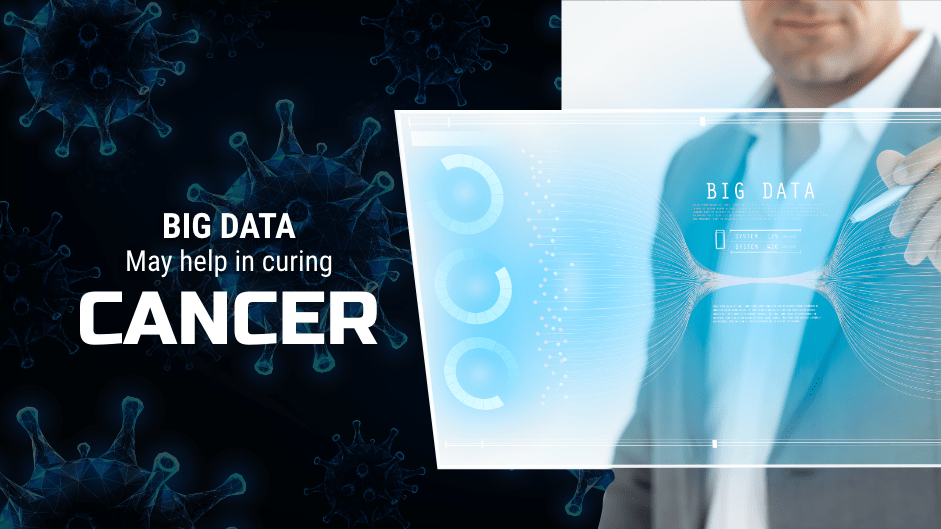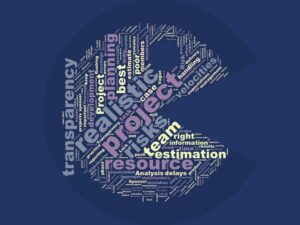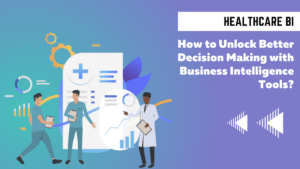9.6 million Deaths were reported in 2018 due to cancer. It has become a great scourge of our time. The most common cancers are lung, breast, colorectal, prostate, skin cancer, and stomach cancer. It is harming mankind and so it becomes important to eradicate the cause of cancer. This can be done utilizing big data analytics. That is collecting data from several sources and finding insights from it. Using these insights prevention can be done and life of people can be saved.
What possesses a Challenge?
A general cure remains elusive at this point. The challenge is that cancer is not a single disease, it is hundreds of different diseases and every cancerous tumor is different. Each develops in its own unique way- a single tumor can possess billions of cells, each of which can mutate.
These cells can add new mutations and genetic variations each time they divide. As the tumor develops, there can become an almost infinite multitude of variations on the genome level.
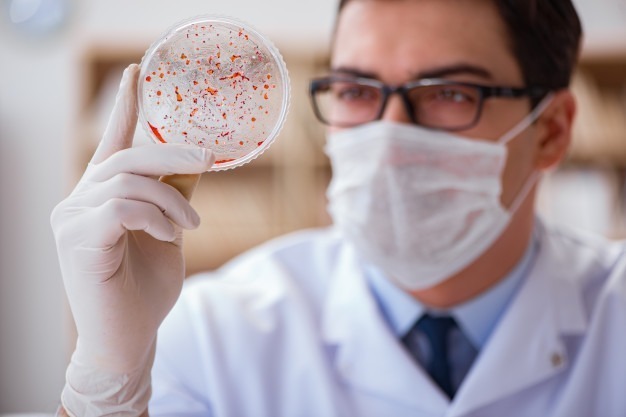
So cancer becomes a complex problem to rectify. Treating cancer becomes an unpredictable moving target.
Cancer is extremely heterogeneous. If two types of cancers are compared on the molecular level, there is no similarity traced. The fact is no one is acquainted with the parameters that control the fate of cancer.
This becomes a challenge.
A ray of Hope from the mountain of Data
What researchers have got? A lot of data.
A single patient can generate nearly one terabyte of biomedical data, consisting of routine diagnostic data and clinical data. This is equivalent to storing more than 300,000 photos or 130,000 books.
Medical researchers are using large amounts of data on treatment plans and recovery rates of cancer patients in order to find trends and treatments that have the highest rates of success in the real world. For example, the tumor samples can be examined that are kept in biobank. They are linked up with patient treatment records. Utilizing these records, researchers can see things like how mutations and cancer proteins interact with different treatments and find trends that lead to better outcomes.

This data can even lead to some outstanding benefits such as finding antidepressants such as desipramine which has the ability to help in curing a certain type of lung cancer.
Along with patient history and diagnostic imaging data, genetic data is playing a vital tool in the battle against cancer. As the cost of DNA sequencing has plummeted over decades, the gathering of detailed genetic information on both the patient and the tumor has become far more conventional. This enhances the amount of data available to scientists.
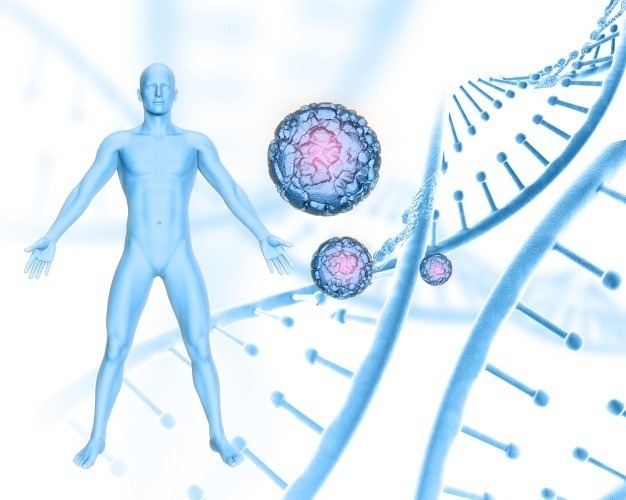
Today researchers not only look into the genetic code of cancer cells that were originally the source of disease. They can also compare them with the DNA of metastases, or secondary tumors, that develop.
To make this kind of insight more available, patient databases from different sources such as hospitals, universities, and non-profit organizations need to be linked up. Then researchers can access patient biopsy reports from other sources. This data gives a wider view of the cancer database.
Obstacles that may obstruct:
Incompatible data systems: This perhaps becomes the biggest technical challenge as making these data sets able to interface with each other is quite a feat.
Confidentiality Issues: There are several laws prevailing in the circulation of data and governing which details of patient/ information can be released with or without consent.
Compliance Issues: Sometimes some organizations that have put efforts to collect the cancer dataset and may not be ready to share their authentic information with other organizations.
Conclusion:
Despite several challenges, big data has brought a revolution in the healthcare sector. Indeed, gathering a lot of data for medical use has been costly and time-consuming but technologies have made these processes easy and cost-effective. It has also helped in finding relevant critical insights using available data. These insights can help in providing better care. This is the main purpose of healthcare data analytics, data-driven findings to predict and solve major problems before it is too late.

